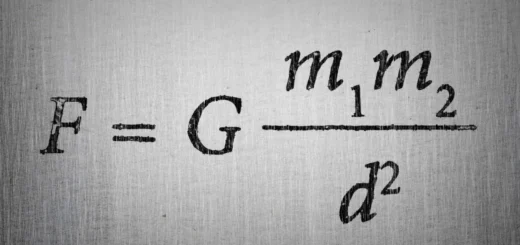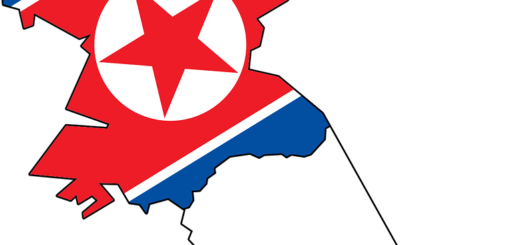Knows about Adolf Hitler and World War II

Adolf Hitler, born on April 20, 1889, in Braunau am Inn, Austria-Hungary (now Austria), was the leader of the National Socialist German Workers’ Party (Nazi Party) and the Chancellor and dictator of Germany from 1933 to 1945. Hitler’s aggressive foreign policies are widely considered to be the primary catalyst for the outbreak of World War II.
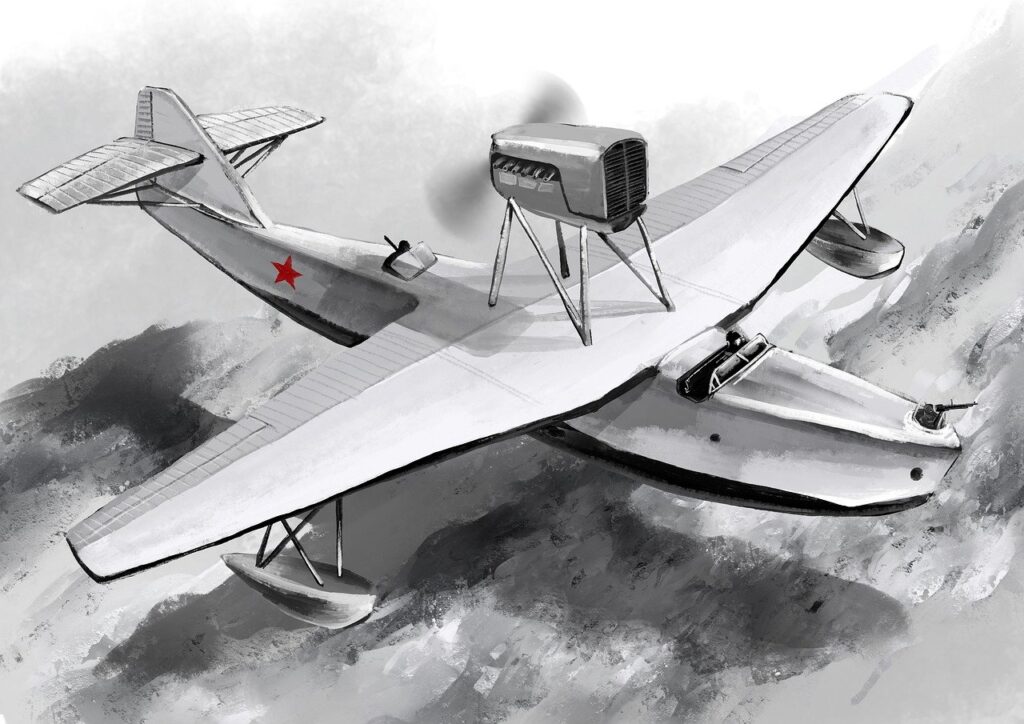
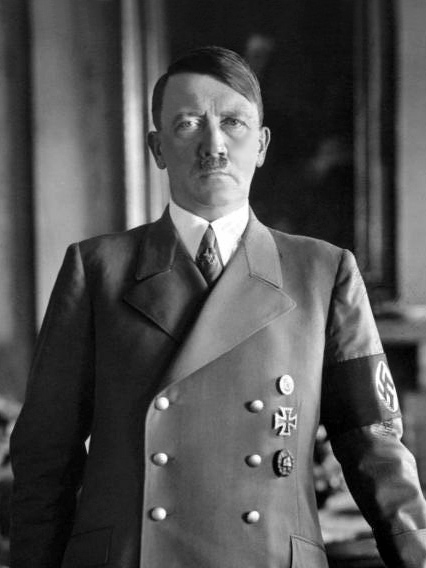
Here is a brief overview of the key events leading up to and during World War II:-
Rise of Adolf Hitler
Hitler joined the German Workers’ Party (DAP) in 1919, which later became the Nazi Party.
He rose to prominence in the party due to his powerful oratory skills and charismatic personality.
In 1933, Hitler was appointed Chancellor of Germany by President Paul von Hindenburg.
Consolidation of Power

After becoming Chancellor, Hitler rapidly consolidated power by suppressing opposition, dismantling democratic institutions, and establishing a totalitarian regime.
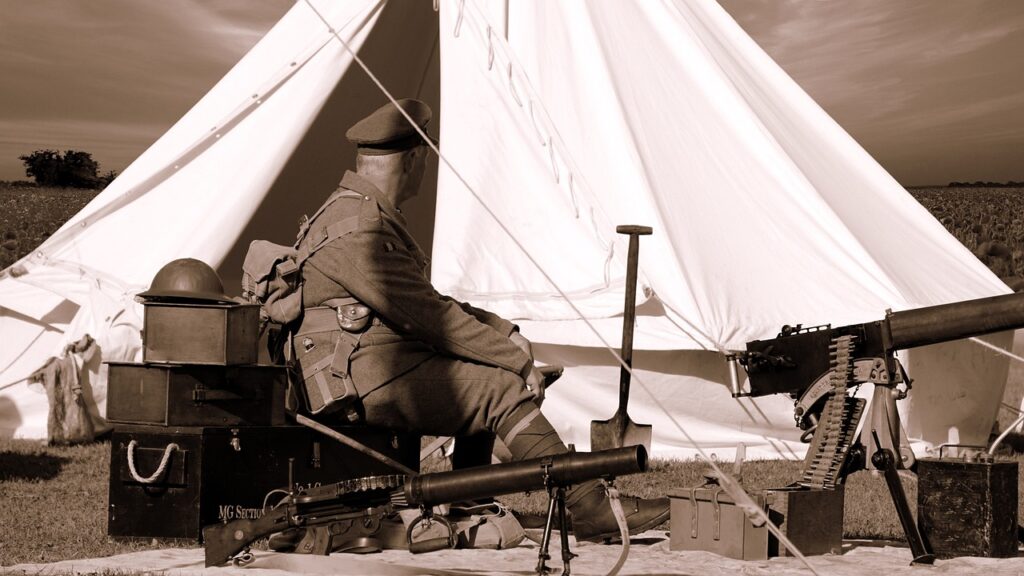
The Enabling Act of 1933 gave Hitler the authority to enact laws without the Reichstag’s approval.
Reoccupation of the Rhineland (1936)
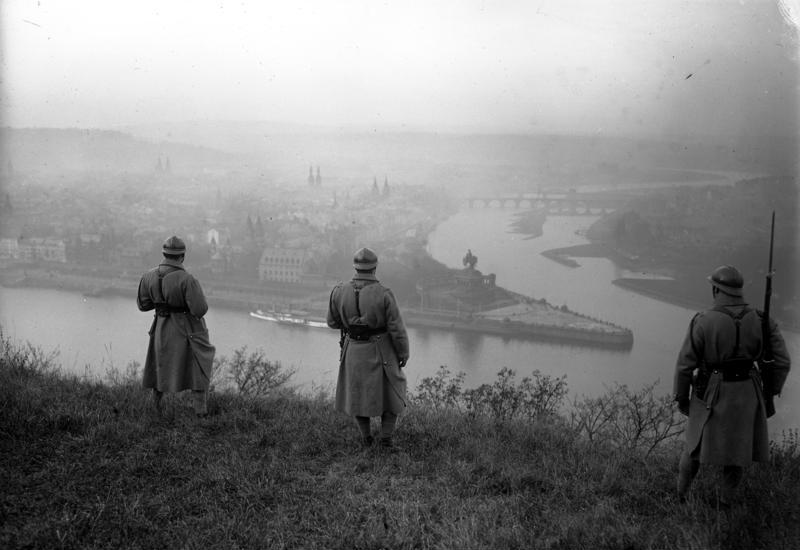
In violation of the Treaty of Versailles, Hitler ordered the German military to reoccupy the Rhineland, a demilitarized zone.
Annexation of Austria (Anschluss, 1938)
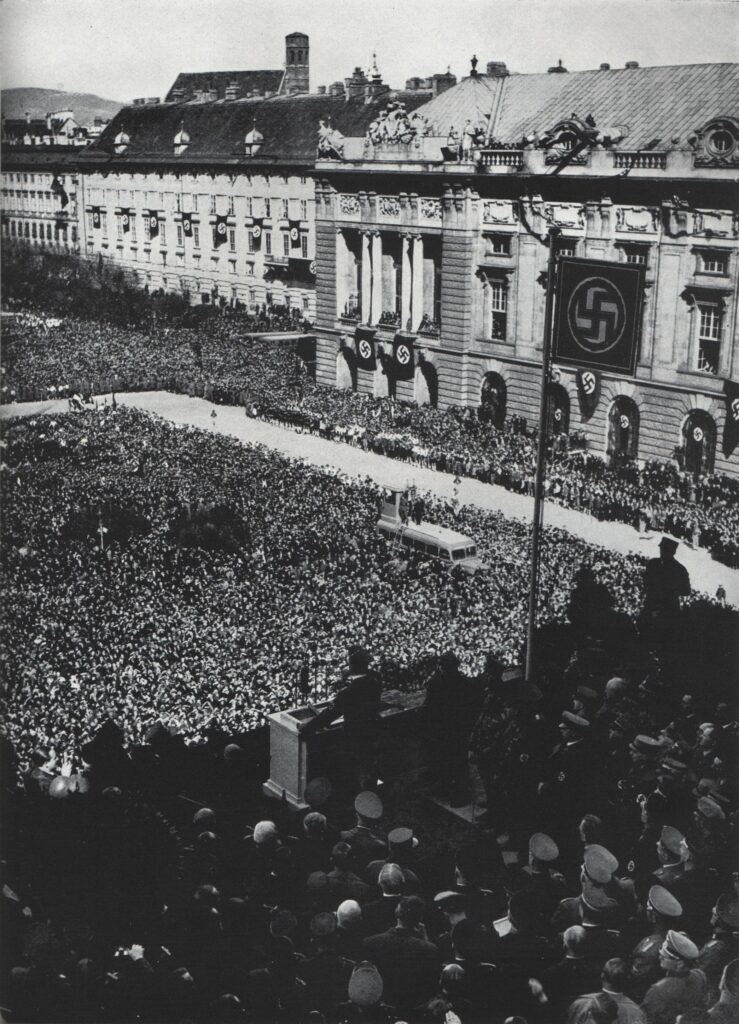
Hitler pursued the annexation of Austria, known as the Anschluss, which was achieved in March 1938.
Munich Agreement (1938)
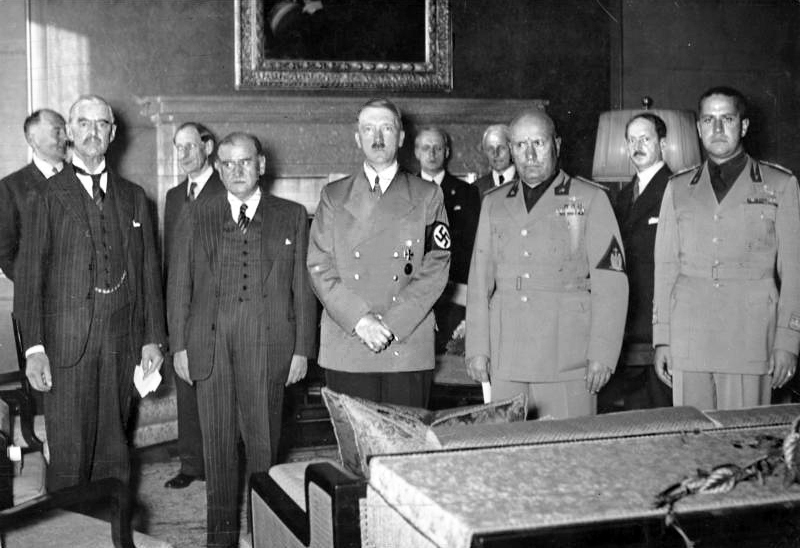
In an attempt to appease Hitler and avoid war, Britain and France agreed to the Munich Agreement, allowing Germany to annex the Sudetenland region of Czechoslovakia.
Invasion of Poland (1939)
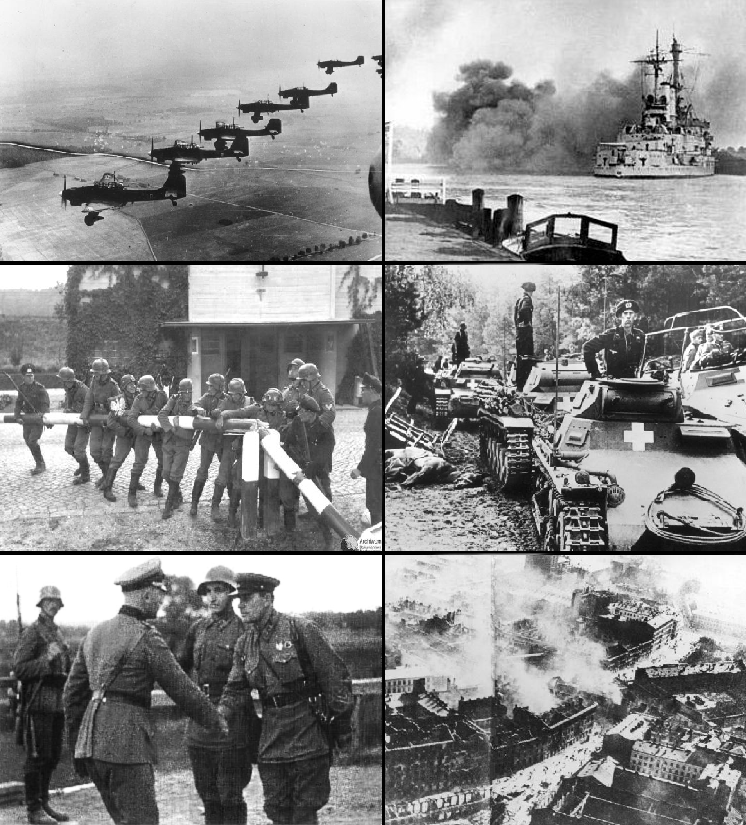
Hitler’s invasion of Poland on September 1, 1939, marked the beginning of World War II.
The invasion prompted Britain and France to declare war on Germany.
Blitzkrieg and Expansion
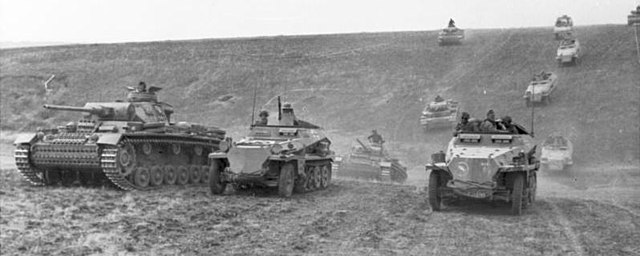
Germany used the Blitzkrieg strategy, characterized by rapid and coordinated attacks using air and ground forces.
German forces quickly conquered Denmark, Norway, Belgium, the Netherlands, and France.
Battle of Britain (1940)
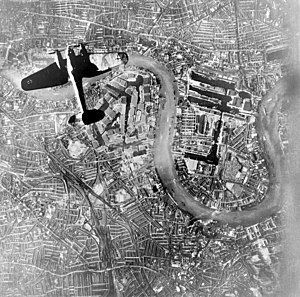
The Battle of Britain saw the German Luftwaffe attempting to gain air superiority over the Royal Air Force (RAF), but the RAF successfully defended Britain.
Operation Barbarossa (1941)
Hitler violated the non-aggression pact with the Soviet Union and launched Operation Barbarossa, the invasion of the Soviet Union.
Holocaust (1941-1945)
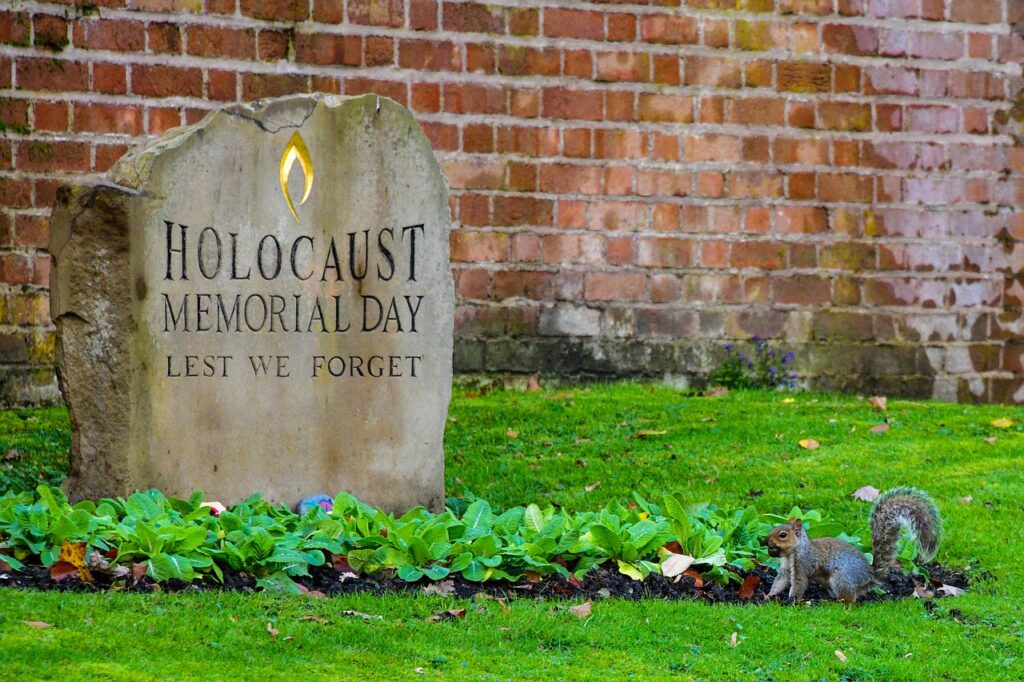

The systematic genocide of six million Jews and millions of others took place during the Holocaust.
Turning Points
The tide of the war began to turn with German defeats at Stalingrad (1943) and El Alamein (1942).
D-Day and Allied Advance (1944)
The Allies launched the D-Day invasion on June 6, 1944, leading to the liberation of Western Europe.
End of the War (1945)
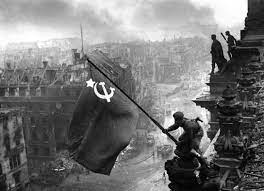
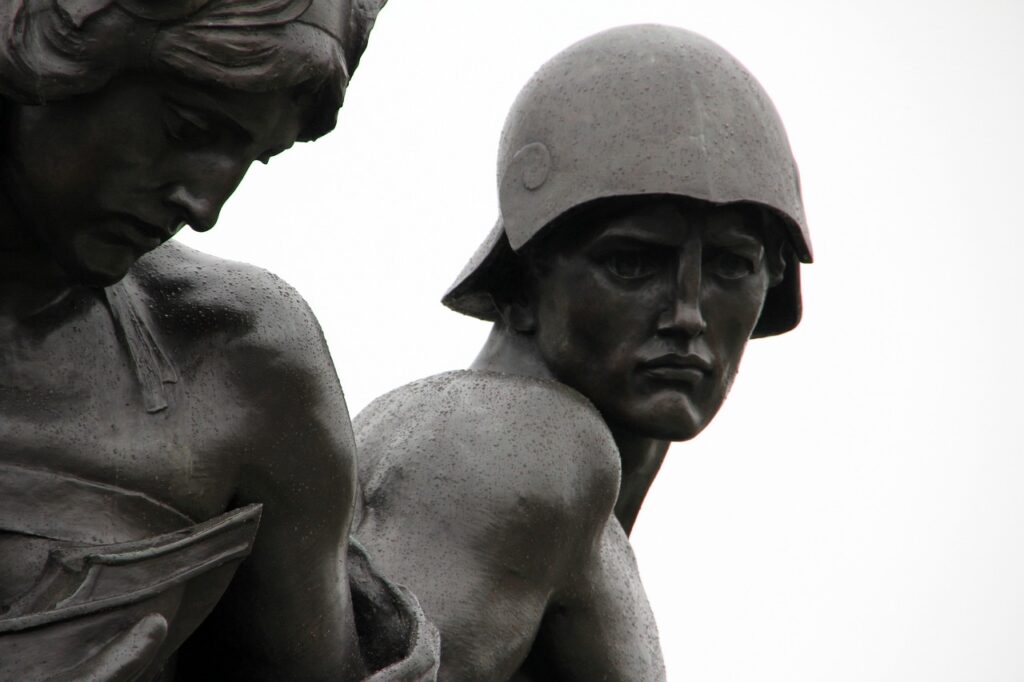
Germany faced simultaneous offensives from the Allies and the Soviet Union.
Hitler committed suicide on April 30, 1945, as Soviet forces closed in on Berlin.
Germany surrendered on May 7, 1945, leading to the official end of World War II in Europe.
The war had devastating consequences, resulting in millions of deaths, widespread destruction, and the beginning of the Cold War between the Allied powers and the Soviet Union.


